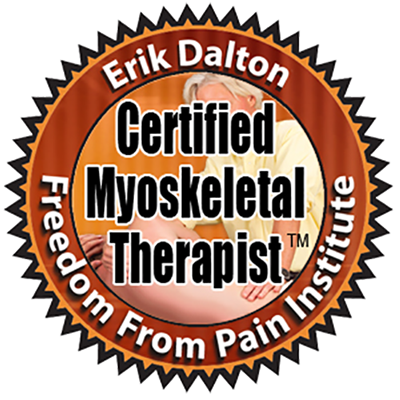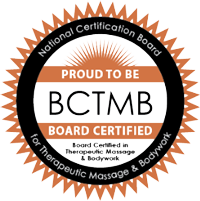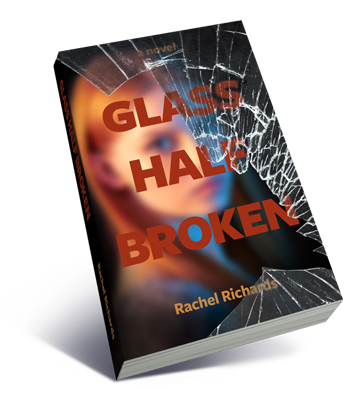News: September 2013
The treatment's in the research!
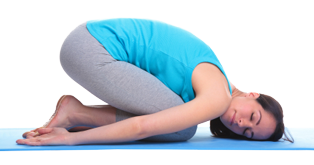 Last month we discovered the significant role of fascia in low back pain.(Click here if you missed out.) The question remains, how does this affect our treatment approach?
Last month we discovered the significant role of fascia in low back pain.(Click here if you missed out.) The question remains, how does this affect our treatment approach?
For years, research has shown massage to be a wonderfully effective treatment for low back pain. This wouldn't be the case if most low back pain was caused by disc pathologies - something that was assumed for many years - since massage therapists can't reach into the spine and fix a disc protrusion. But as we saw in part one of our fascianating series, disc pathologies only account for less than 25% of low back pain cases. In many cases, it's fascia, not discs, that is to blame for pain. And as opposed to spinal discs, massage therapists are experts at working with fascial injuries. That would explain why massage is often the best treatment choice for low back pain.
Fascia is found both deep in the body and more superficially, meaning closer to the surface, right under the skin and fat tissue. The deep layer is dense while the superficial layer is thin and allows for more of a gliding motion against underlying tissues. This can be demonstrated by using your fingers to move the skin on the back of your hand in various directions. When low back fascia is stressed or injured, this gliding motion is diminished as the fascia grows tougher and adheres to surrounding tissues, causing limitations in mobility and increasing the risk of further damage.
One might assume that most of our nerve endings would be found in the deep, thick layers of fascia. But studies have surprisingly revealed that 90% of nerve endings are located in the superficial fascia! This means that pain and proprioception (perception of our own body's positions and movements) come from the loose, sliding top layers of fascia.
This finding is monumental in dictating appropriate massage treatment choices. Many of us think that for massage to be effective, it must be deep. But as far as low back pain research is concerned, we find that superficial massage techniques may have a much more profound effect than deep work. The therapist must find where the fascia is stuck or not moving as much as it should, and utilize appropriate techniques to "unglue" the tissue and create more mobility.
There's another very cool way that massage helps reduce pain. It's been recently discovered that myofascial pain has an antagonistic relationship with proprioception. If there's a lack of proprioceptive signaling, nerve endings will overreact to any other stimulation, heightening the pain response. Someone who lacks proprioceptive input may experience acute pain with only light pressure. Massage therapy stimulates fascia, waking up the nerve endings, increasing proprioception and, therefore, decreasing pain!
There is also something you can do yourself to relieve low back pain. Yup, you guessed it - stretching! But not just any kind of stretching - slow, moderate, yoga-like stretching. This is supported by yet another study done on those poor lab rats. Inflammatory factors were injected into the low backs of rats. Some of the rats were made to do yoga-like low back stretches over the course of several weeks. A second group of rats were stretched more mildly by a handler gently pulling on their tails. A third group, the controls, got no handling or interventions. It was shown that the yoga-stretch group had significantly less pain and inflammation than the other groups. A second study was done with patients with low back pain and inflammation. Again, after several weeks of slow, static stretching, the pain and inflammation decreased drastically. See the video links below for some great low back stretches.
So instead of getting cut open by an orthopedic surgeon, you now have two wonderful evidence-based treatment methods to alleviate your aching back. Let this amazing fascial research guide you. Stretch, get massage, and get "back" to a pain-free life!
Source: Robert Schleip - World Massage Conference
Great stretches for your low back!
Below are two video demonstrations of stretches you can do to alleviate low back pain. Remember to breathe calmly and steadily while stretching. Go into and come out of each stretch slowly. Hold each position for about 30 seconds. Although you may feel some mild discomfort, you should never have any pain with stretching. If you feel pain, come out of the stretch and try a different one. Find the stretches that work best for your body. For these stretches to be effective, they must be done regularly - preferably every day. Please contact me if you have any questions or concerns, or would like more stretching ideas and tips.
"How To Yoga Stretches for Low Back Pain & Sciatica Relief"
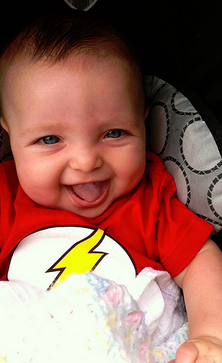 What's new with me ...
What's new with me ...
It's been a milestone month for little Sienna. First tooth, first solid foods, sleeping through the night, pushing herself up to sitting, ready to crawl any day now! She loves music and dancing and is always on the go. Click here for photos and videos!
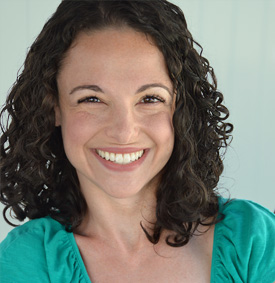
Call or text me today
917-359-8641
I'd be happy to answer
any questions you have!
Massage@Rachel-Richards.com
Subscribe to my Youtube channel!
Did you know?


